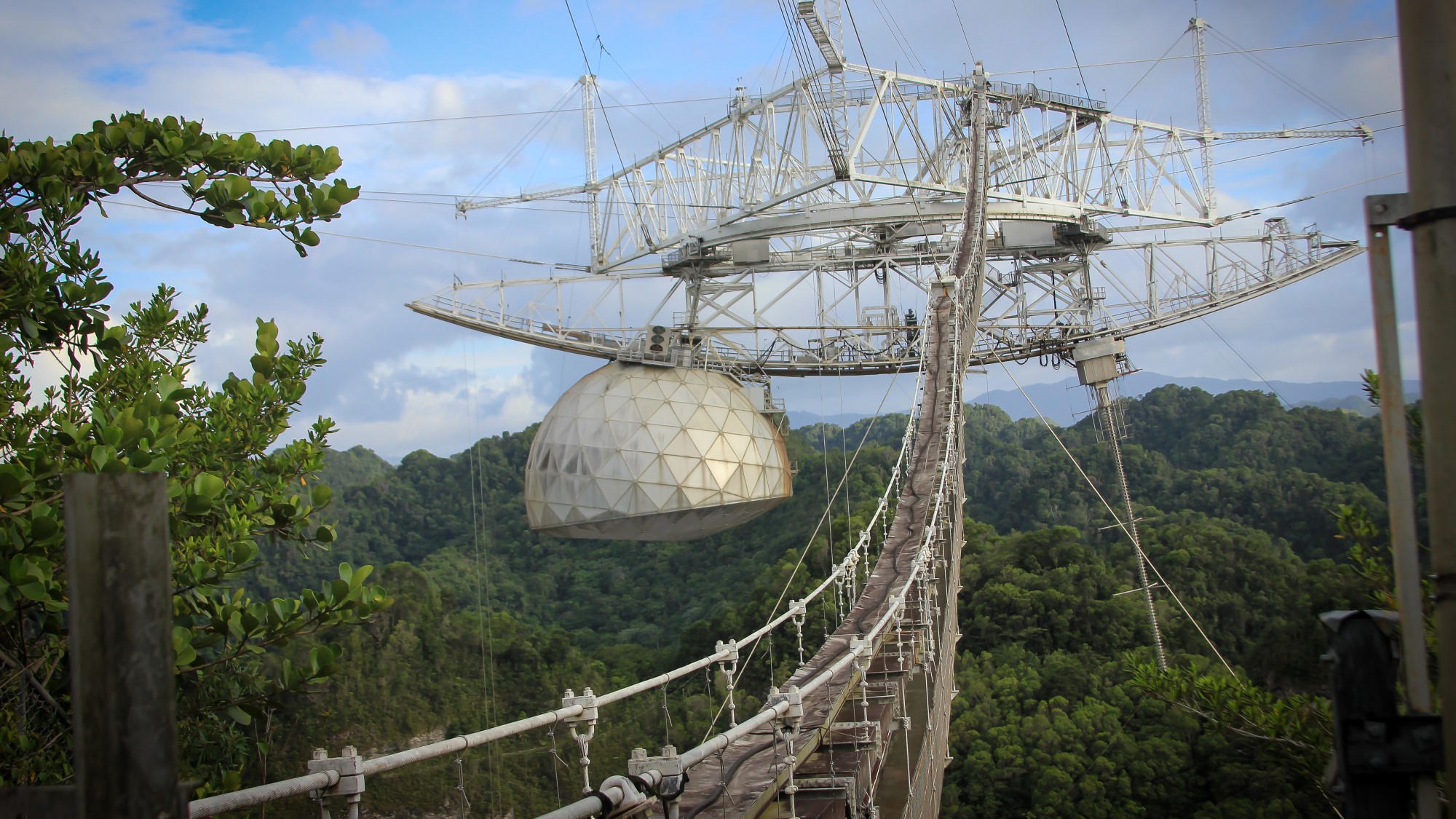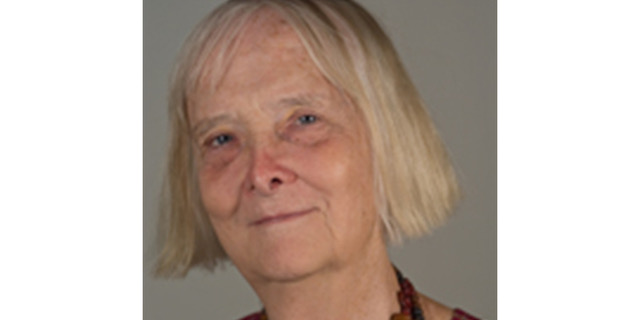
NSF plans another collapse for Arecibo Observatory (op-ed)

The collapse of the world's most powerful radio and radar telescope didn't kill off science at the Arecibo Observatory, but the National Science Foundation (NSF) might.
Puerto Rico's Arecibo Observatory began observations in 1963 and gathered crucial data for three different types of science — until December 2020, when it collapsed after two support cables failed. In October 2022, the NSF, which owns the site, announced its decision to replace the world-renowned scientific institution with a new education center and toss only pocket money in its direction. Even though NSF's current proposed budget is up almost 20%, NSF does not plan to resurrect the telescope so Arecibo can resume its starring role, and its particular role in inspiring science and scientists in Puerto Rico.
With the decision, the NSF ignored most of what Congress charged them with in Section 10365 of the CHIPS Act: "to explore opportunities for strengthening and expanding the role of the Arecibo Observatory in Puerto Rico through education, outreach and diversity programs, and future research capabilities and technology at the site" [emphasis added].
As of now, the U.S. has lost much of its world leadership in atmospheric sciences, radar astronomy and radio astronomy. Each of these sciences bears directly on our future as a nation. In the absence of a new Arecibo Observatory, researchers must patch together observations from other facilities, but few can even partially replace Arecibo's capacities. The Observatory provided incomparable, highly detailed mapping and tracking of near-Earth asteroids, which are of ever greater concern; atmospheric and geospace observations essential to documenting climate change and the severe weather it brings; and detailed radar views of planets and the moon for future exploration.
Related: Fallen Arecibo Observatory telescope won't be rebuilt despite scientists' hopes
The Observatory's unique capabilities were evident even a few days after NSF's short-sighted decision, announced in October, when accounts of Arecibo scientist Sean Marshall's observations of asteroid Phaethon's orbit filled the press on Oct. 17. His discoveries will inform the launch of a new spacecraft, as well as adding to our knowledge of a potential threat. There are 2,000 such "potentially hazardous" near-Earth asteroids, according to NASA. Arecibo has played a key role in studying many of them.
In addition, radio astronomy brings us insights into the universe, revealing fundamental physics that affects how airplanes and houses are built, how inventors approach their tasks and more. Arecibo's work in the field has also brought surprises and illuminated mysteries, like the first discovery of a binary pulsar, which led to a Nobel Prize, and the first discovery of an exoplanet.
Get the Space.com Newsletter
Breaking space news, the latest updates on rocket launches, skywatching events and more!
Sadly, radio astronomers who want anything comparable to Arecibo have only one choice: China's Five-hundred-meter Aperture Spherical radio Telescope (FAST) telescope. Its useful surface is a little larger than Arecibo's was, but it lacks a radar and it suffers from far more radio interference. While one hopes relations with China will improve, in the meantime it's alarming that U.S. research data — whether it's about planetary security, national security or deep space — will be in totalitarian hands.
"The center would be like a zoo without animals, or a biology laboratory without microscopes."
Rather than replace Arecibo's 1,000-foot (305 meters) dish with a cutting-edge instrument that would surpass others and meet these vital needs, the new NSF education center is supposed to inspire students and the public about STEM activities, as Arecibo has for decades.

That, of course, is a fine idea. But unlike previous visitors, the new center's students would not have a chance to stay up at night and watch blips appear on the screen, showing that 900 tons of instruments are tracking signals from distant galaxies. They wouldn't sit next to a scientist and a telescope operator or hear their banter as they figure something out together.
The only science left at a once world-renowned institution would be piecemeal, funded only if it complements the center's mission, with no provision for basic infrastructure or staff. The center would be like a zoo without animals, or a biology laboratory without microscopes.
Is NSF struggling and required to cut its budget overall, so that telescope reconstruction and the very modest funds needed for maintenance are out of the question? Far from it. President Biden has proposed an 18.7% increase in the NSF budget, up to $10.5 billion, for fiscal year 2023 that began in October.
Scientists estimate that rebuilding a new incarnation of the Observatory with new technology and capacities would cost about $454 million. (For comparison, NASA spent more than $10 billion on the James Webb Space Telescope.) The Observatory needed only about $12 million a year to operate, a thimbleful in terms of space science. NSF is offering less than half that sum, a princely $5 million over five years, for the Arecibo Center for STEM Education and Research, plus some additional maintenance funds.
Americans and our legislative representatives of all political beliefs agree that space research matters. The importance of Arecibo in our national future is so great that it was acknowledged specifically in the CHIPS Act. The Arecibo Observatory's track record is awe-inspiring, in both science and education. Resurrecting one of the planet's greatest telescopes should be within reach of the richest country in the world.
Joanna Rankin is professor emerita of astronomy and physics at the University of Vermont and a pulsar expert who has used the Arecibo Observatory since 1969. Mary Fillmore is a writer who has accompanied her there for more than 30 years.
Follow us on Twitter @Spacedotcom and on Facebook.
Join our Space Forums to keep talking space on the latest missions, night sky and more! And if you have a news tip, correction or comment, let us know at: community@space.com.

Joanna Rankin is professor emerita of astronomy and physics at the University of Vermont and a pulsar expert who has used the Arecibo Observatory since 1969.









